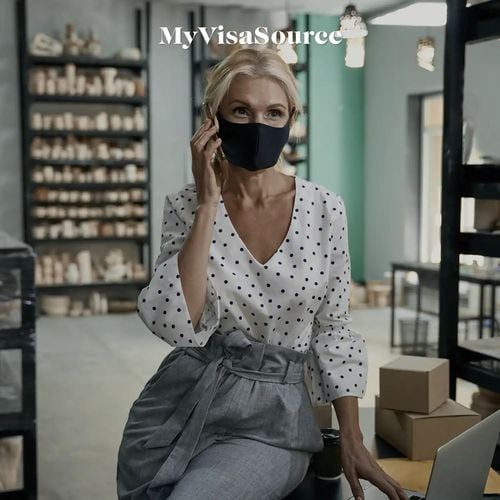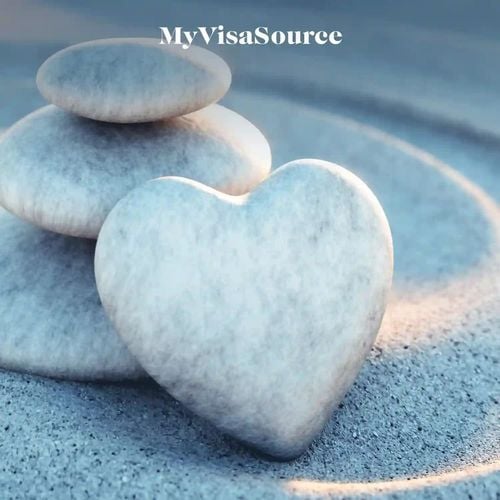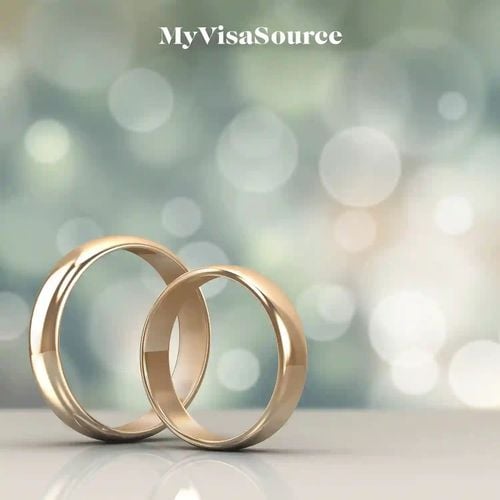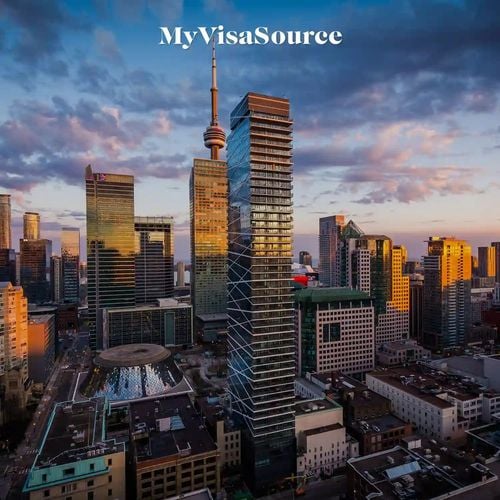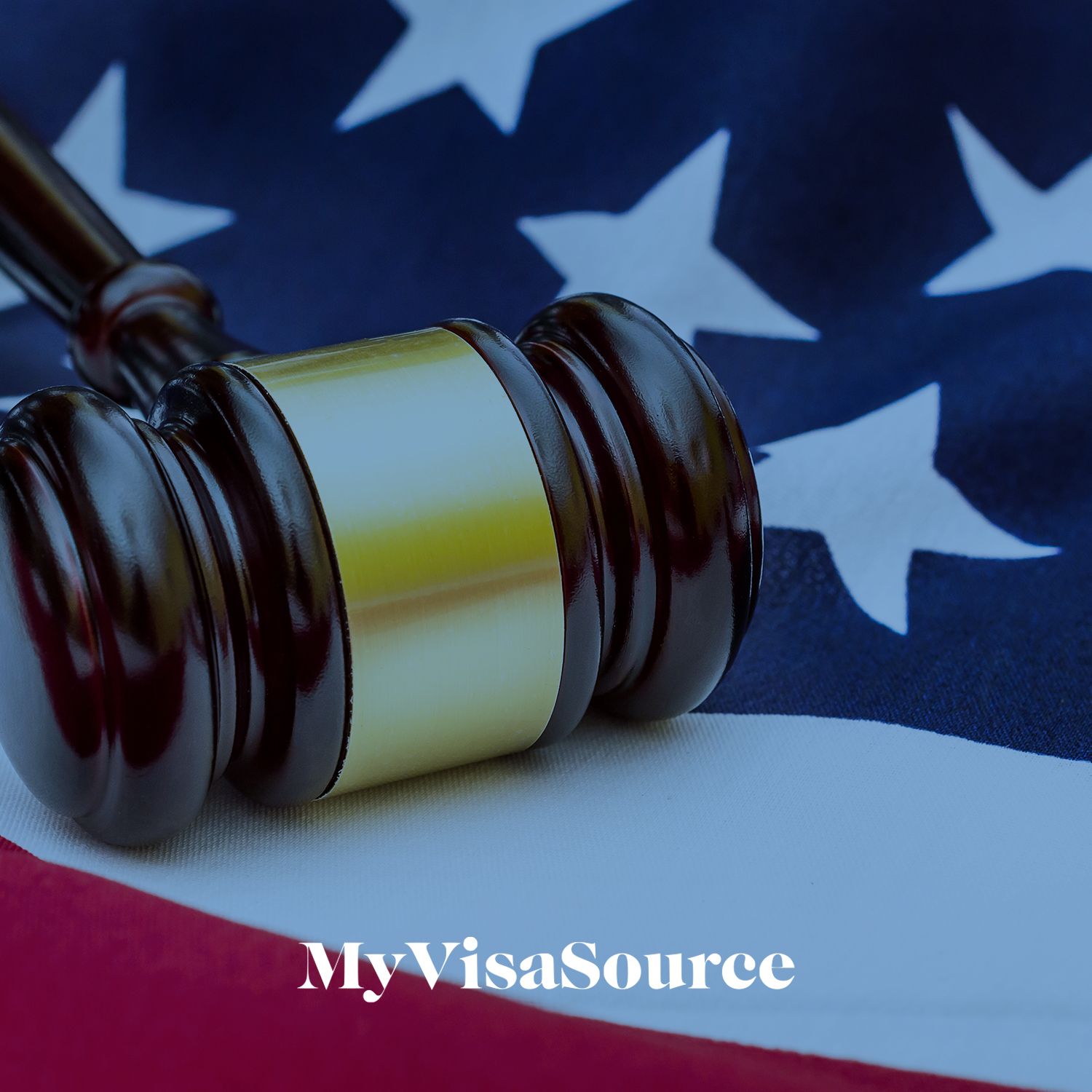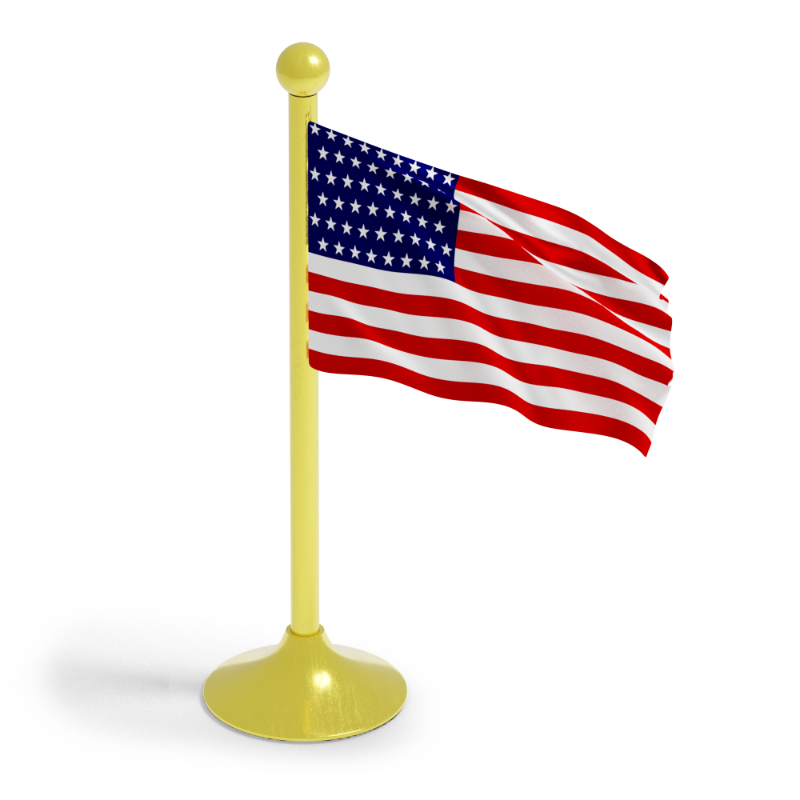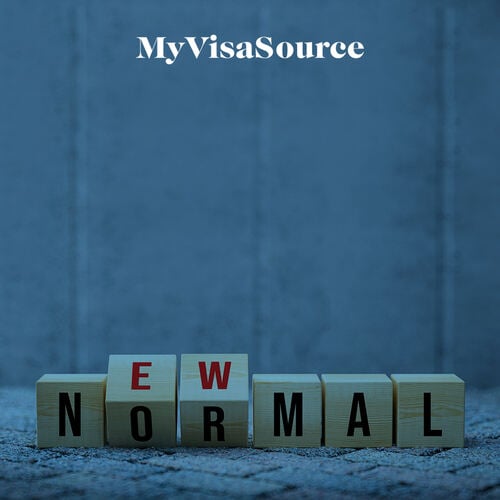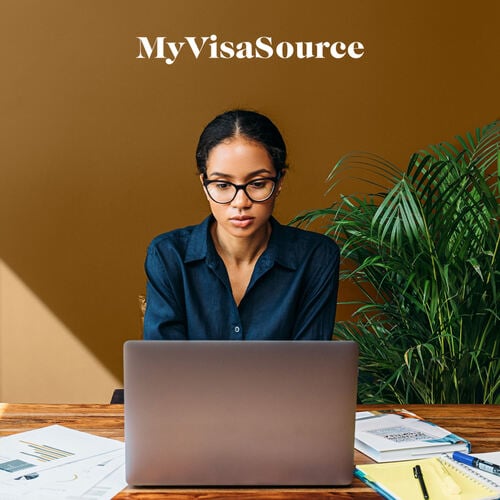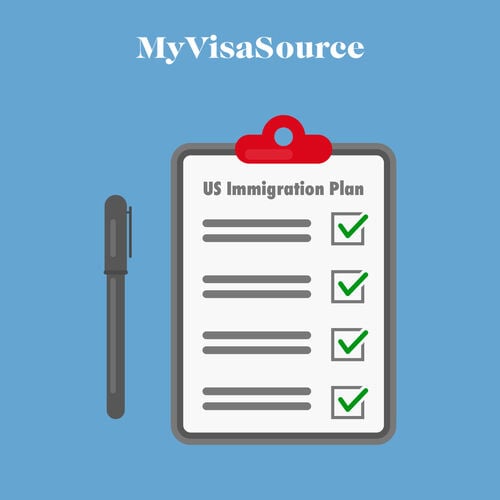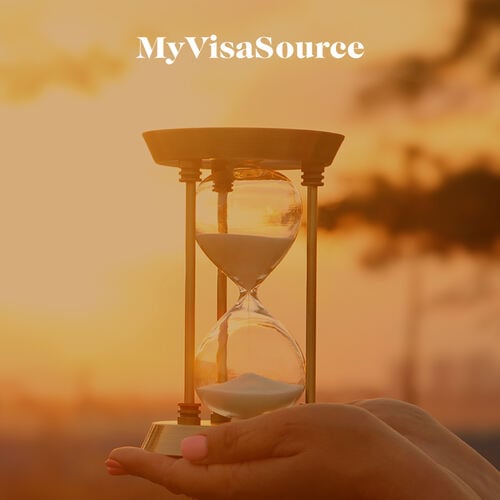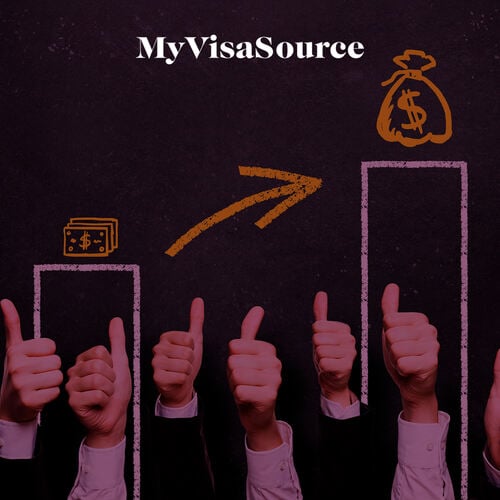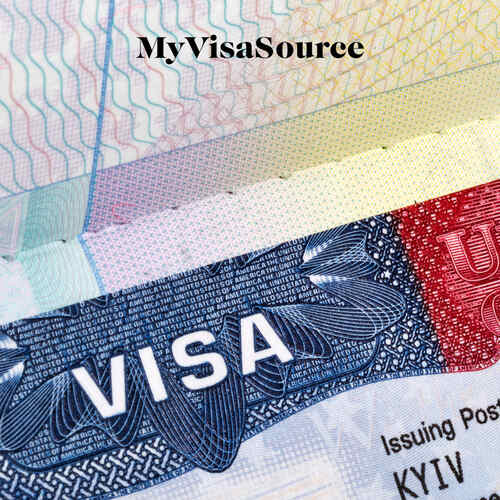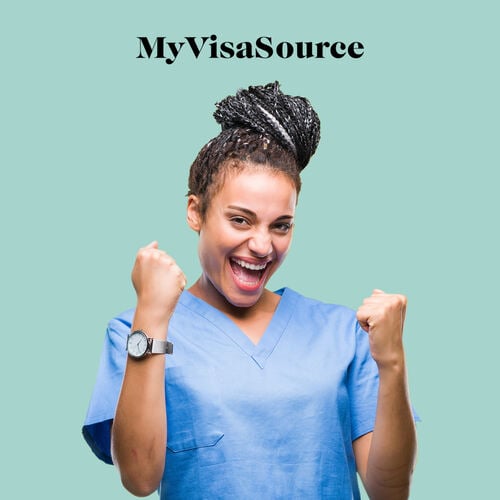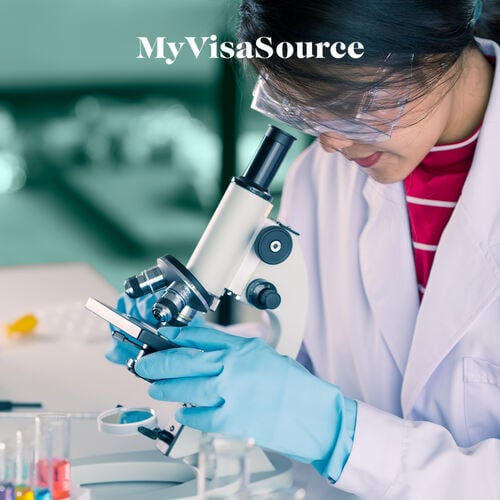The US Federal Court recently scrapped all the H-1B Visa rules implemented during the Trump Administration. The Trump administration put certain restrictions on the H-1B Visa program to protect American workers during the uncertainty of the pandemic.
Several business organizations, especially tech groups, complained that these restrictions were making it harder for them to hire international graduates. It also reduced the popularity of the US for international students as study destinations as these restrictions reduced their ability to get a job after graduation.
The US Federal Court turned down all the proposed Trump-era H-1B Visa rules, including the one that would change the program from a lottery to a high-wage prioritization system. This ruling will be extremely beneficial for international students in the US, especially East Indian and Chinese STEM students looking for job opportunities in the US.
How Does the H-1B Visa Work?
The US Citizenship and Immigration Services (USCIS) offers around 65,000 H-1B Visas every year, with an additional 20,000 visas for Master’s students in the US. Since the program receives way more applications than the set limit, the selection is done by a random lottery. The proposed wage prioritization rule by the Trump Administration would have made it very difficult for physicists, microbiologists, and medical scientists, among other STEM professionals to gain H-1B Visas since their wages are lower than the required H-1B wage levels.
